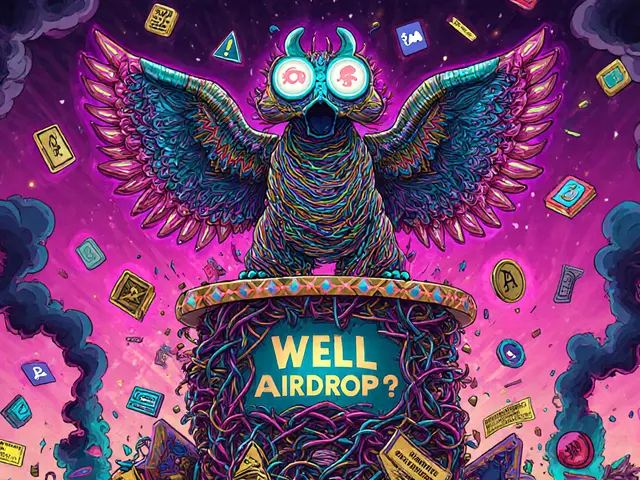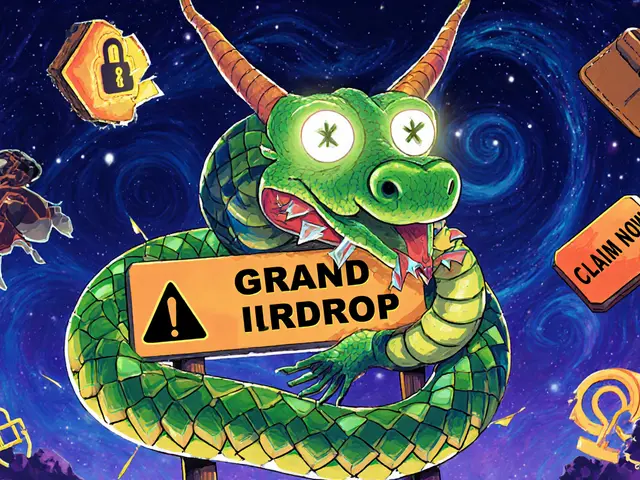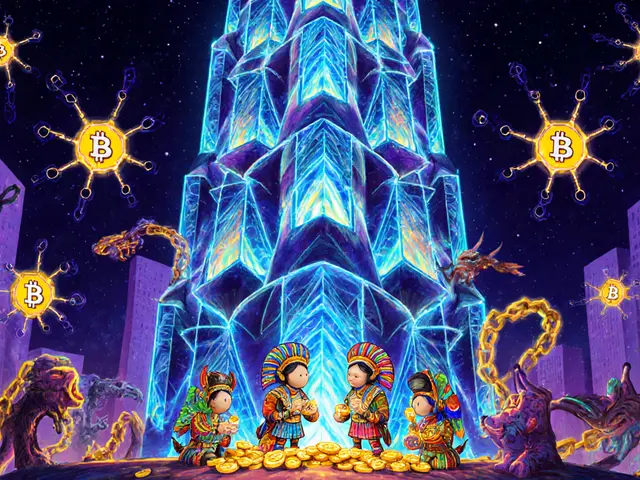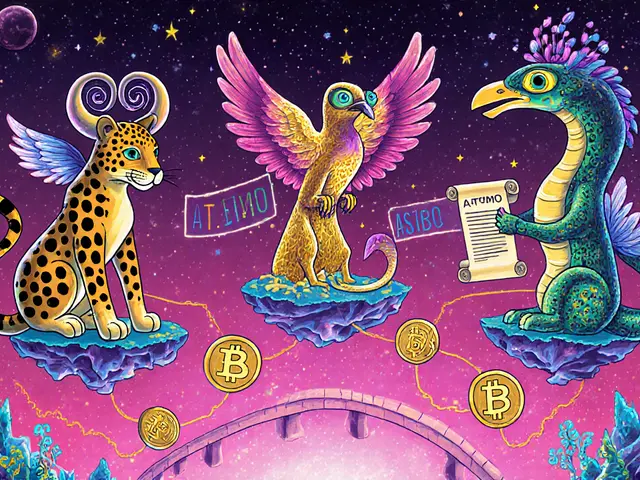Blockchain Asset Tokenization: Turning Real-World Assets Into Digital Tokens
When you hear blockchain asset tokenization, the process of converting ownership of physical or financial assets into digital tokens on a blockchain. Also known as tokenized assets, it’s not just hype—it’s changing how people buy, sell, and own everything from real estate to fine art. Instead of needing thousands to invest in a building, you can buy a fraction of it as a token. This isn’t science fiction. It’s happening right now, and it’s reshaping finance.
Think of security tokens, digital representations of traditional financial assets like stocks or bonds, regulated and backed by real value. They’re different from meme coins or utility tokens. Security tokens are tied to legal rights—dividends, voting, or profit shares. That’s why they’re catching on in places like Cyprus, where MiCA regulations, the EU’s new framework for crypto compliance and asset classification are pushing firms to use them. You can’t fake a security token. The law requires proof of ownership, and the blockchain keeps a permanent, tamper-proof record.
And it’s not just about money. blockchain voting, using decentralized ledgers to record and verify votes securely and transparently is another form of tokenization—where participation itself becomes a verifiable asset. POAPs, those digital badges proving you attended an event, are tiny tokens of experience. They don’t trade, but they hold value because they’re real. That’s the core idea: if something matters, tokenizing it makes it trackable, transferable, and trustworthy.
What you’ll find here isn’t theory. It’s real examples. From the dormant FLY token that went nowhere, to the real-world impact of MiCA on Cyprus firms, to how security tokens are unlocking liquidity for assets that used to be locked away. Some projects fail. Some get banned. Others, like tokenized real estate or art funds, quietly grow. You’ll see what works, what doesn’t, and why most crypto tokens still have nothing to do with actual assets.










